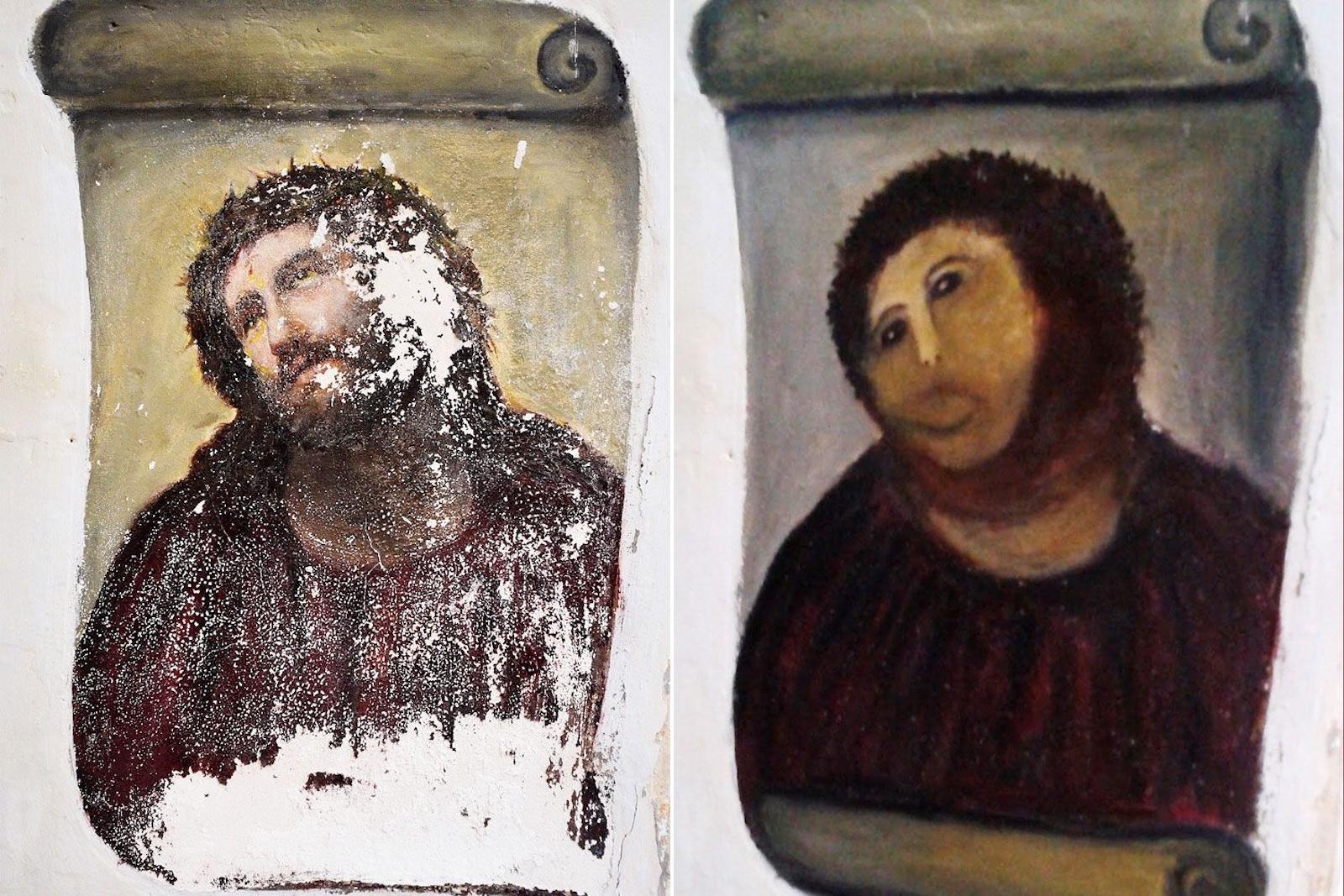
The following failed restoration attempts range from humorous to disgraceful. Some were so easy to fix, it was like they never happened. Others have left masterpieces so irrevocably damaged that it was a real cultural loss with huge fines issued. The rest seem to fall into a gray area, with members of the general public and professional communities still debating whether or not these so-called failures carry much weight in the grand scheme.

Elías García Martínez, Ecce Homo, 1930. Fresco. Sanctuary of Mercy Church, Borja, Zaragoza, Spain.
The most infamous botched restoration of the modern era is easily Ecce Homo. Originally painted by Elías García Martínez in 1930, the fresco drew an elderly parishioner’s attention when she noticed parts of it flaking off. This damage was likely due to moisture. The parishioner, then in her eighties, decided to restore the piece with a local clergyman’s blessing. The resulting image quickly circulated across social media and traditional news outlets and led to a substantial boost in tourism. A local museum reported that visitor numbers jumped from around 6,000 to 57,000.
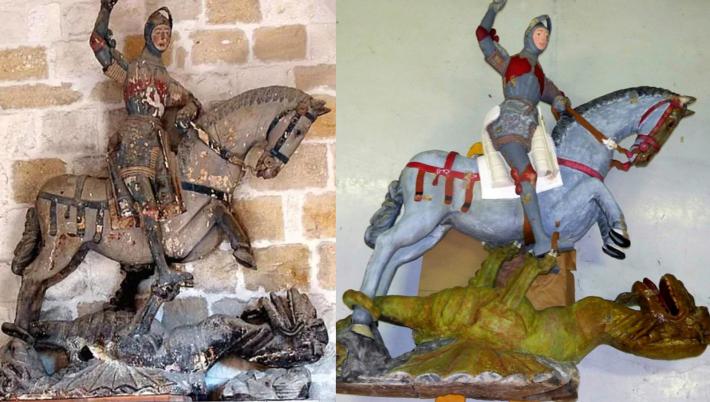
Unknown, Saint George, 16th Century. Wood. Church of San Miguel de Estella, Navarre, Spain.
This 500-year-old sculpture from the Church of San Miguel de Estella in Navarre, Spain went viral after a failed restoration attempted by a local teacher. The resultant reimagining of Saint George was compared to a Playmobil figure and the cartoon star, Tintin. The church and the company responsible were fined upwards of $6,000. Additionally, the church eventually paid $37,000 to reverse the restoration.
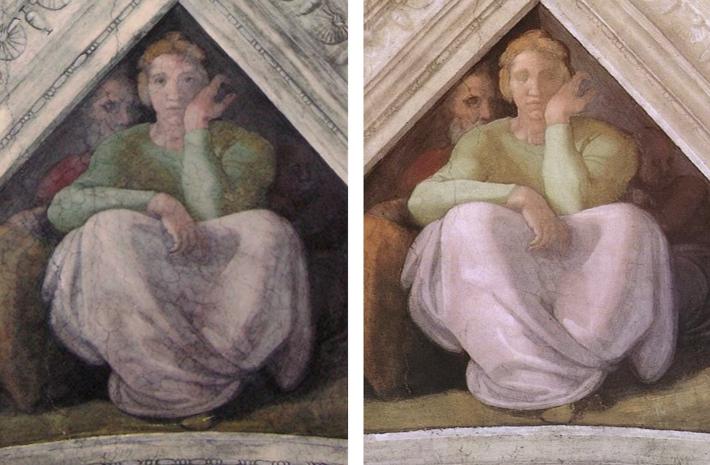
Michelangelo, Jesse Spandrel, c. 1508. Sistine Chapel, Vatican City.
In the eighties and nineties the Sistine Chapel underwent some of the most extensive restoration work of the twentieth century. Though initially embroiled in controversy, debates about the project's failures and successes have died down. Concern for the masterpiece’s integrity came from the belief that Michelangelo may have, as was custom for fresco painters in his time, modified the work with secco—or dry—paint after it was completed. This main figure in this portion of the Sistine Chapel does seem to have lost some significant facial detail during the restoration
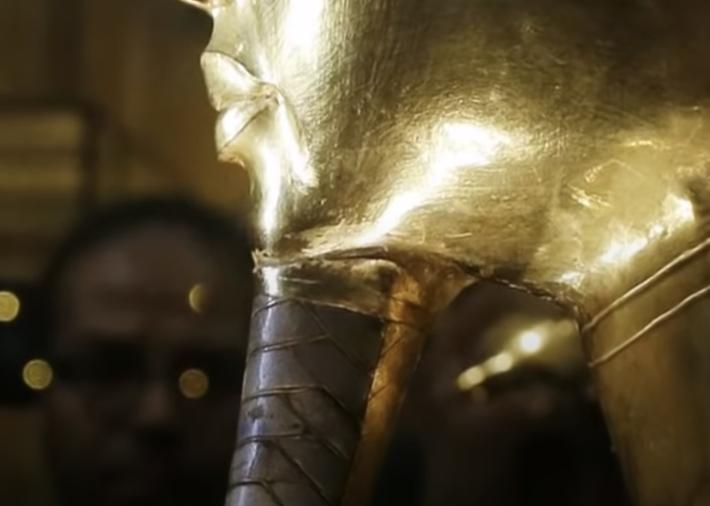
The Mask of Tutankhamun, c. 1323 BC. Egyptian Museum, Cairo.
In 2014, employees at the Egyptian Museum of Cairo accidentally snapped the beard off of this more than 3,000-year-old funerary mask. Understandably panicked, they unfortunately attempted to glue it back on with epoxy. The artifact was further damaged when the employees tried to scrape excess epoxy off of the mask. In 2015, a team of restoration specialists worked together to remove the epoxy, refinish the scratched surface, and reattach the beard using new information on the mask's ancient manufacturing techniques. Check out this video from CBS This Morning for more information.
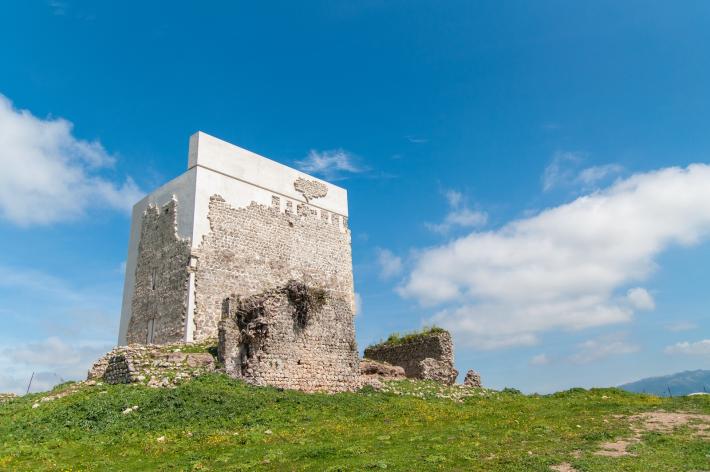
Castle of Matera, C. 9th Century. Villamartin, Spain.
This restoration of the Castle of Matera was conducted by an architectural firm after the building partially collapsed in 2013. According to local Historic Heritage Laws, all added structure was required to be obviously modern. The result was this monstrous mashup of old and new. Though complaints were lodged, the viral flub actually led to a boost in tourism.
Anna Claire Mauney
Anna Claire Mauney is the former managing editor for Art & Object. A writer and artist living in North Carolina, she is interested in illustration, the 18th-century, and viceregal South America. She is also the co-host of An Obsessive Nature, a podcast about writing and pop culture.![]()























